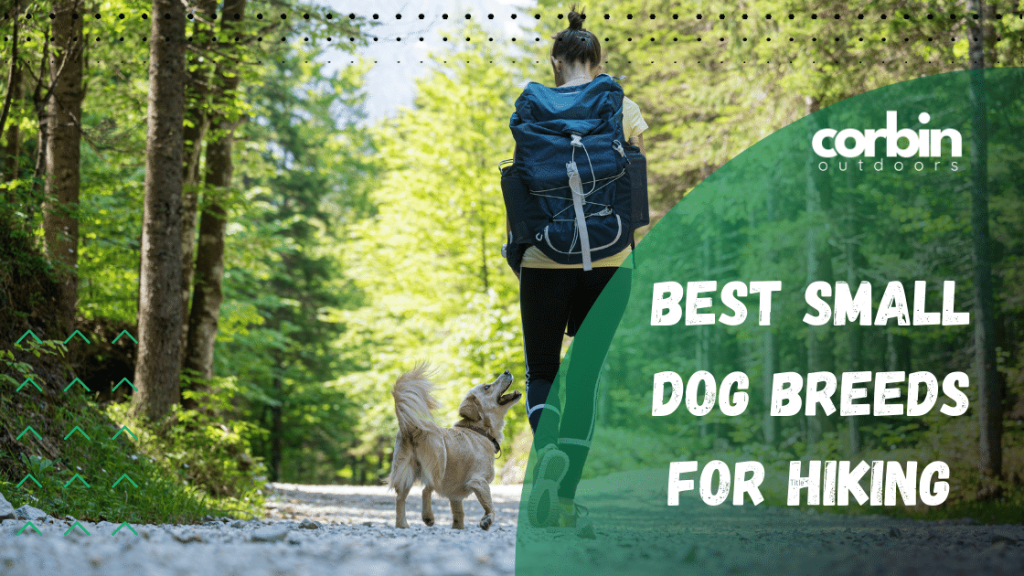Taking your furry friend on a hiking adventure can be a rewarding experience for both of you. However, hiking with a small dog requires careful planning and consideration to ensure their safety and comfort. From choosing the right trail to packing the necessary gear, this guide will provide you with essential information to make your hiking trip enjoyable and safe for your small companion. Remember, a well-prepared hike is a happy hike for you and your canine buddy.
Choosing the Right Trail
Selecting an appropriate trail is crucial when hiking with a small dog. Consider the following factors:
- Trail Length and Difficulty: Opt for shorter, less strenuous trails with minimal elevation gain. Small dogs can tire easily.
- Terrain: Avoid trails with rocky or uneven terrain that can be difficult for small paws. Look for well-maintained paths.
- Trail Traffic: Choose trails with less traffic, especially if your dog is not comfortable around other dogs or people.
- Regulations: Check if the trail allows dogs and if there are any leash requirements. Some parks have restrictions.
Essential Gear for Hiking with Your Small Dog
Proper gear is essential for a safe and comfortable hike. Here’s a checklist:
- Harness or Collar: Use a comfortable and secure harness or collar with an ID tag.
- Leash: A lightweight leash (4-6 feet) is ideal. Avoid retractable leashes, as they can be dangerous on trails.
- Water and Bowl: Bring plenty of water for your dog and a portable bowl.
- Dog Food and Treats: Pack enough food and treats to keep your dog energized.
- Poop Bags: Always clean up after your dog.
- First-Aid Kit: Include dog-specific items like antiseptic wipes, gauze, and vet wrap.
- Dog Backpack (Optional): If your dog is comfortable, a small backpack can help them carry their own supplies.
- Sunscreen (for dogs with light fur): Protect their skin from sunburn.
- Booties (Optional): Can protect paws from hot pavement, rough terrain or snow.
Preparing Your Dog for the Hike
Before hitting the trail, prepare your dog for the adventure:
- Exercise: Ensure your dog is in good physical condition. Start with shorter walks and gradually increase the distance.
- Training: Ensure your dog has basic obedience skills, such as recall and “leave it.”
- Paw Conditioning: If your dog is not used to hiking, gradually expose their paws to different surfaces to toughen them up.
- Familiarization: Let your dog sniff and explore their backpack and other gear before the hike.
Safety Tips for Hiking with Your Small Dog
Keep these safety tips in mind during your hike:
- Stay Hydrated: Offer your dog water frequently, especially in warm weather.
- Watch for Overheating: Small dogs are more susceptible to overheating. Take breaks in the shade and watch for signs of heatstroke.
- Protect Against Ticks and Fleas: Use a preventative medication and check your dog for ticks after the hike.
- Be Aware of Wildlife: Keep your dog on a leash and be aware of potential wildlife encounters.
- Monitor Their Energy Levels: Pay attention to your dog’s body language and energy levels. Don’t push them too hard.
- First Aid Knowledge: Know basic canine first aid.
Understanding Your Dog’s Limits
Small dogs have different physical capabilities than larger breeds. Be mindful of your dog’s limitations and adjust your hike accordingly. Don’t be afraid to carry your dog if they become tired or if the terrain is too challenging. It’s better to err on the side of caution and ensure their well-being.
Recognizing Signs of Fatigue and Overexertion
It’s crucial to be able to recognize when your dog is becoming tired or overexerted. Signs include:
- Excessive panting
- Lagging behind
- Refusal to move
- Stumbling or weakness
- Licking lips or yawning excessively
If you notice any of these signs, stop and give your dog a break. Offer water and allow them to rest in a shaded area.
FAQ: Hiking with Small Dogs
Q: Can all small dogs hike?
A: Not all small dogs are suited for hiking. Consider your dog’s breed, age, health, and fitness level. Brachycephalic breeds (e.g., Pugs, Bulldogs) may have difficulty breathing during strenuous activity.
Q: How far can a small dog hike?
A: The distance a small dog can hike depends on their individual capabilities. Start with short hikes (1-2 miles) and gradually increase the distance as they get more conditioned.
Q: What if my dog gets tired during the hike?
A: Be prepared to carry your dog if they get tired. A dog carrier or sling can be helpful.
Q: Are dog backpacks safe for small dogs?
A: Yes, dog backpacks can be safe if used correctly. Choose a backpack that fits properly and doesn’t overload your dog. Start with a light load and gradually increase the weight.
Q: How do I protect my dog’s paws on rough terrain?
A: Dog booties can protect your dog’s paws from rough terrain. Alternatively, you can apply paw wax to toughen their paws.
Factoid: The pads on a dog’s paws are made of thick, keratinized skin, similar to human fingernails. These pads provide cushioning, insulation, and traction.
Q: What are signs of heatstroke in dogs?
A: Signs of heatstroke in dogs include excessive panting, drooling, weakness, vomiting, diarrhea, and collapse. If you suspect your dog has heatstroke, move them to a cool place, offer water, and seek veterinary attention immediately.
Hiking with your small dog can be a wonderful bonding experience. By following these tips and preparing accordingly, you can ensure a safe and enjoyable adventure for both you and your furry friend. Remember to prioritize your dog’s well-being and adjust your plans as needed. Happy trails!

